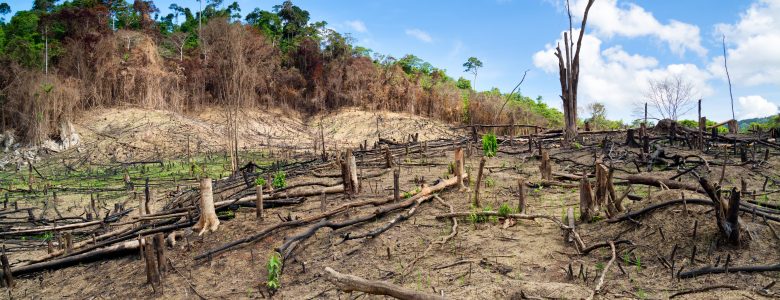April 22, 2020
Experts Say Deforestation Increases Risks of Future Pandemics

By: burgundy bug
Deforestation in El Nido, Palawan – Philippines
Source: Adobe Stock
Deforestation doesn’t just jeopardize the environment and the animals we cohabitate this planet with; it also increases the risk of humans contracting zoonotic diseases, which have been at the heat at recent pandemics.
Zoonotic diseases are those that spread from animals to humans – salmonellosis, West Nile virus, rabies, Lyme disease, and coronaviruses being among the “top zoonotic diseases of most concern in the US,” according to the Centers for Disease Prevention and Control.
“Sixty percent of novel infectious diseases originate in animals and can be highly contagious and dangerous,” says a recent article by Sustainable Brands. “Despite advancements in medical technology that improve disease treatment outcomes, the incidence of zoonotic emerging infectious diseases and their potential for pandemic have increased.”
Forests make up 31 percent of the land on Earth, they provide jobs to millions across the globe, and are home to 80 percent of land mammals, according to the World Wildlife Fund.
Yet, 18.7 million acres of forests are devastated annually, which the WWF says is “equivalent to 27 soccer fields every minute.”
“Deforestation often brings together a high biodiversity of wildlife with humans and their domesticated livestock; in fact, deforestation often increases the biodiversity of bats and other animals near humans, bringing together species that would not otherwise live together and creating a perfect storm for the creation of new diseases,” Sustainable Brands writes.
To learn more about the role deforestation plays in the spread of new diseases, including COVID-19, continue reading the full article on Sustainable Brands’ blog.
Interested in having content featured in an upcoming blog post or issue of The Burgundy Zine? Head on over to the submissions page!
For all other inquiries, please fulfill a contact form.


